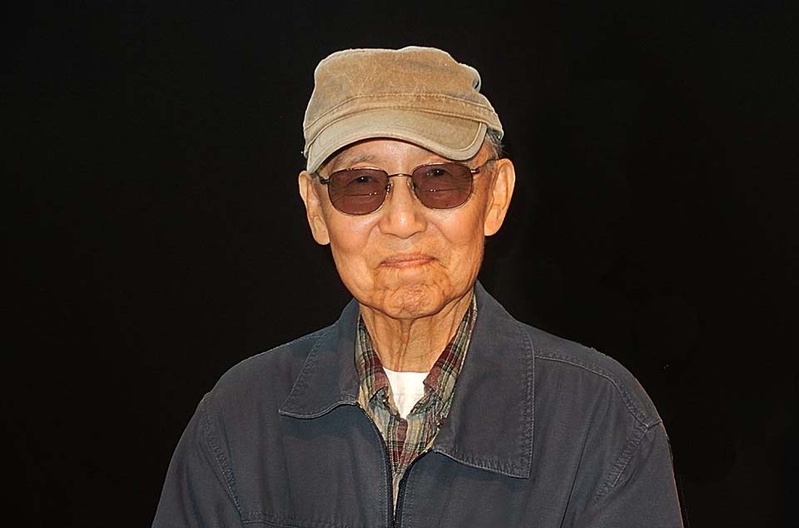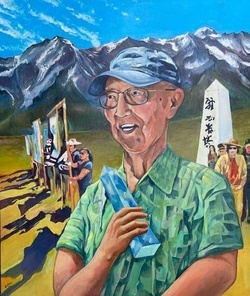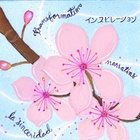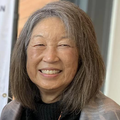It is with my heaviest, yet most grateful heart that I present this poetic speech from our beloved Jim Matsuoka, who passed on towards the end of October. Jim meant so much to surely countless many and I am simply another person who benefited greatly from his presence in so many threads of my life.
He was a staunch supporter, attendee, and featured artist over literally all the years of Tuesday Night Cafe since its inception in February of 1999. He was a champion of my artistic work from my earliest days as a young poet, actor, and performance artist through many times himself being a fantastic storyteller and collaborator of mine—from performances at Day of Remembrance to our play, Tales Of Clamor.
Jim attended every Bridging Communities Iftar hosted by Vigilant Love and believed wholeheartedly in the power and necessity of solidarity and unity in practice as a way forward. In the past two years, I got to see Jim often on our zoom meetings and Calls To Action in support of Black Reparations. Our great mutual friend, Kyoko Nakamaru, shared with me that he even spoke of the importance of this movement in his final days and hours.
And most importantly, he was to me, as I'm sure he was to most—a fierce, dedicated, fun, angry, energizing, joyful, blunt, hilarious, creative, wise, wondrous inspiration. Jim saw all of our struggles as interconnected and the piece he recited at the 1969 Manzanar Pilgrimage that we present here (courtesy of his son, James Matsuoka) speaks to his lifetime commitment of community building work to excavate our lost souls and unbury our collective voice. You are of our ancestral continuum now and we continue because of you—thank you, Jim.
— traci kato-kiriyama
* * * * *
Jim H. Matsuoka (1935 - 2022) was a founding member of NCRR (Nikkei for Civil Rights & Redress) who helped build the movement for reparations and an organization that would stay true to its belief in the power of the grassroots and solidarity with others. In 1942, he, along with his sisters and parents, was forcibly removed from Little Tokyo and shipped to Manzanar “prison camp” as he called it. His love for Little Tokyo and his anger at injustice would be driving forces in Jim’s life.
Jim had a fierce commitment to social justice. His honest and forthright approach, his integrity, and his tireless activism was not just impressive, it was almost unparalleled. Always striving to place the interests of the people ahead of anything else, he never sought the limelight. He had a grounded, deep love for humanity.
When redress was won in 1988, Jim continued with NCRR knowing that the fight against injustice was not over. He unwaveringly supported the Muslim community after 9/11, the demand for reparations by the “comfort women” and by African Americans today. He believed in continuing to educate others about the camps and was in demand as the consummate storyteller.
AT THE FIRST MANZANAR PILGRIMAGE, DECEMBER 1969
Anything I say today
Cannot match the magnitude of the violence to human faith
That symbolized Manzanar in 1942
The violence to our faith in each other
Was the decision to imprison thousands of Japanese Americans
On the basis of their race alone
The magnitude is seen when we realize
That 10 thousand human beings were held here
What you see before you
Was the site of what was called Manzanar
What was Manzanar?
To some, Manzanar was a relocation center that could be defined
statistically …36 blocks each with a mess hall, laundry barrack, latrines and
a basketball area.
To a few, Manzanar was a short interlude in their lives
Evenings sitting on the grass between the barracks
Outdoor movies, picnics at the creek .. ice cream from the canteen
And the Manzanar high school dance
To others, Manzanar was a symbol and monument to racism
A place where being Japanese meant being a prisoner
Where even orphans were imprisoned
A place where we became the mindless wards of the government
Who fed us and clothed us and told us what to do
And when we sought the right of self determination
The right to select our own governing body
Their denial helped to bring on the Manzanar Riot of December 6, 1942
Many Issei spoke out in anger when invited to renounce the Emperor
To renounce the Emperor made them men and women
without a country
Those who objected to questions of their loyalty
Were herded off to a double security camp called Tule Lake
When people ask me ... how many are buried here at Manzanar?
I reply ... a whole generation!
A whole generation that inherited this legacy of fear
Only their bodies
Silently left the camp at the end of the war
Today they are model Americans
The “Quiet Americans”
Who will not speak out and are unwilling to object
Their souls are buried here at Manzanar
*Jim Matsuoka recited this poem at the 1969 Manzanar pilgrimage.
© 1969 Jim H. Matsuoka









